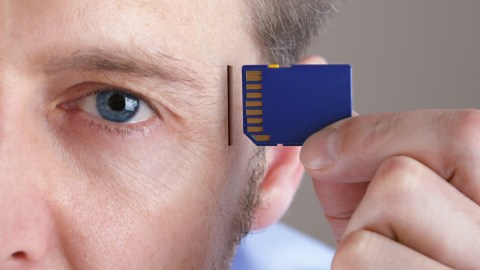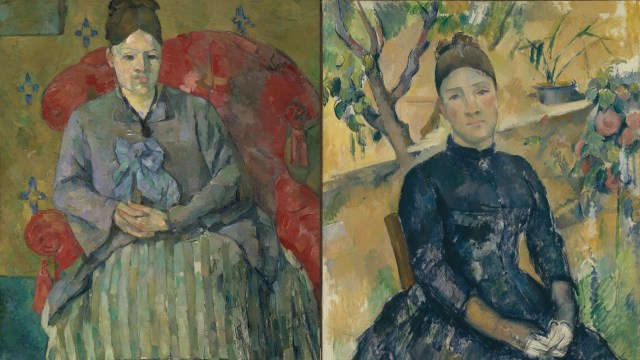Lying on Social Media Creates False Memories

Over time our memories begin to falter. It’s not the fault of old age, our memories have a flexible nature that allows events to bend and twist as it moves further into the past. But what if you could set yourself up to have a different memory in the future, fabricating another reality for yourself. Sounds a lot like Total Recall, but it’s not quite that fancy. Researchers say just post a false event to your social network feed and review it later for a new memory.
People may need little help to start creating new memories, according to a recent survey, most users already embellish on social media. The survey was commissioned by anonymous social networking site, Pencourage, where 68 percent of people admit to exaggerating or lying in their social media posts. But what’s more interesting is that adults ages 18 to 24 16 percent admitted their memories had been compromised based on those past events they’d written about. As these falsities are written for us to review later as part of our social autobiography, one study thinks there’s cause for some concern.
Researchers found that people undergo a kind of “digital amnesia” when reviewing past posts, believing their own events as they’ve been written on social media sites. They forget what may have transpired, and there also begins a disconnect between what they’re reading and who they know themselves to be. This false record has repercussions on our future well-being, according to Richard Sherry, a psychologist and founding member of the Society for Neuropsychoanalysis.
“… the dark side of this social conformity is when we deeply lose ourselves or negate what authentically and compassionately feels to be ‘us’; to the degree that we no longer recognize the experience, our voice, the memory or even the view of ourselves.”
“When this starts to happen, feelings of guilt and distaste towards ourselves can create a cognitive trap of alienation and possibly even a sense of disconnection and paranoia.”
There’s a disruption when our real, remembered, and fantasy selves begin to collide. Where begin to realize that we know we’re not as bold or witty as a post may say we are, so we feel unsatisfied. Perhaps we should consider keeping private footnotes for our public accounts to keep our memories honest.
Read more at The Smithsonian.
Photo Credit: Shutterstock





